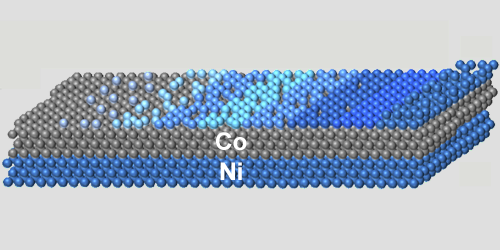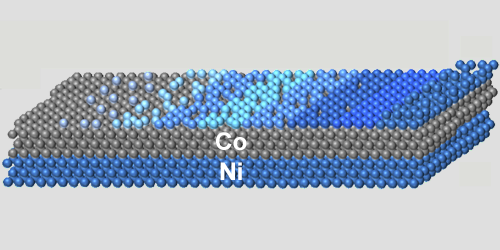Material Covers All the Bases for Spintronic Memories
Spintronics has had a great impact on our lives, most notably through the spin valves that revolutionized hard-disk technology. The next big thing could be a memory device in which a spin-polarized current switches the magnetization of a material through an effect known as spin transfer torque (STT). Such a memory could potentially achieve higher density, speed, and energy efficiency than current technologies. Researchers, however, are still in the process of vetting the most suitable materials for STT-based devices. Now Stephane Andrieu at the University of Lorraine in France and colleagues have carried out a comprehensive characterization of multilayers of cobalt (Co) and nickel (Ni), showing that these structures possess all of the traits desired for practical use.
Previous research has revealed that Co/Ni multilayers offer a number of desirable properties that can be tuned to optimize the performance of spintronic devices. Several fundamental questions, however, have been left open. Most importantly, it isn’t clear whether the material has a sufficiently large intrinsic spin polarization—an alignment of the conducting electrons’ spins that exists in the absence of currents or applied fields. A high spin polarization is necessary to create and maintain spin-polarized currents in spintronic devices.
Andrieu and his colleagues characterized the magnetic properties of Co/Ni multilayers, including spin polarization, with a combination of x-ray and optical techniques. By measuring the spin of electrons emitted from the material in response to x-ray illumination, they determined its spin-dependent electronic properties, finding a spin polarization of about 90%—a value on par with the best spintronic materials.
This research is published in Physical Review Materials.
–Matteo Rini
Matteo Rini is the Deputy Editor of Physics.





